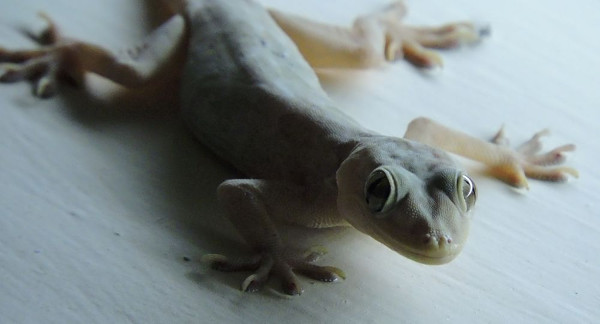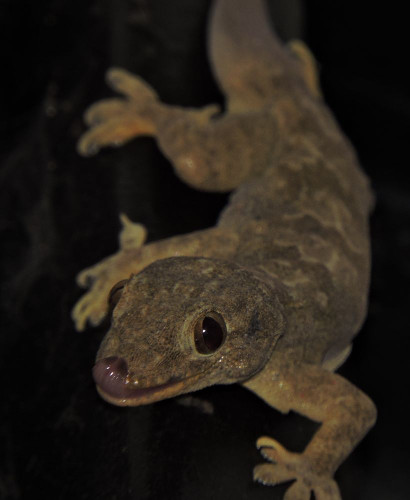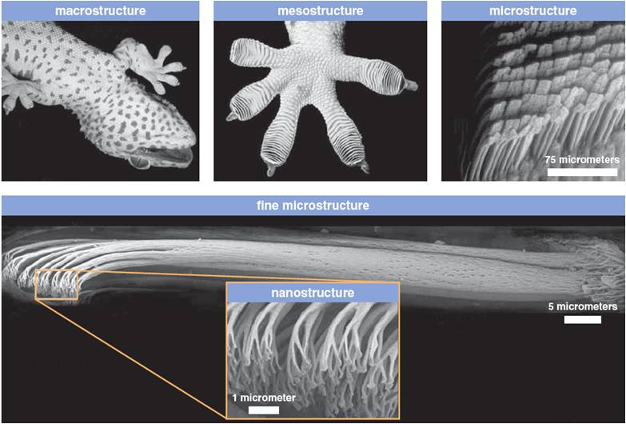
Scientific Name: Hemidactylus frenatus
Biology
The Asian house gecko is found in abundance in Asia and can be spotted in almost any household. An adult can be anywhere between 7-15 cm long. Its a nocturnal creature which prefers to lay dormant during the day and comes out for feeding at dusk. The typical lifespan is 5 years and it lays eggs throughout the year. The eggs are hard shelled and white in color. Its very commonly known for regrowing its tail which it can detach from its body in an event of danger from a predator. It eats almost any insect it can capture and swallow, its prey commonly consists of mosquitoes, spiders, beetles, moths, crickets, etc.

Geckos do not have eyelids, they sleep with their iris constricted and a clear scale covers each eye. Its like a membrane similar to frogs and snakes. To keep it clean of debris, geckos lick it with their tongue.
Geckos can undergo ‘self amputation’, i.e. they lose their tails as a distraction when faced with a predator. The tail keeps wriggling around distracting and/or confusing the predator while the gecko runs off. The tail regrows in few days.

Geckos also have special toe pads to help them grip to vertical surfaces like walls, rocks and even ceilings. Their toe-pads are an active topic of research and researchers have been able to successfully replicate the micro-structure of toe-pads.
The only known surface a gecko’s feet can’t stick to is Teflon.
Myths
There are plenty of myths and superstitions around this creature and many people are scared of these creatures for no good reason. In-fact it is a timid and shy creature which is more scared of you than you are of it. It does not pose any threat to humans.
- It’s poisonous: H. frenatus is non toxic and does not bite. It is not known to transmit any kind of infections or diseases to humans.
- Falling of a gecko over either of your shoulders does not indicate any luck or impending misfortune.
- Coming in contact with a gecko does not cause any kind of skin infections.
- Coming in contact with its faeces or urine also does not cause any harm, although it should be avoided from a hygienic point of view.
- A geckos cry(tik tik tik) does not indicate anything other than its social life.
Conservation Status
It is widespread and not under any threat.

 © Nerd Magazine, IIT Kanpur,2017. All rights reserved.
© Nerd Magazine, IIT Kanpur,2017. All rights reserved.
Comments
comments powered by Disqus